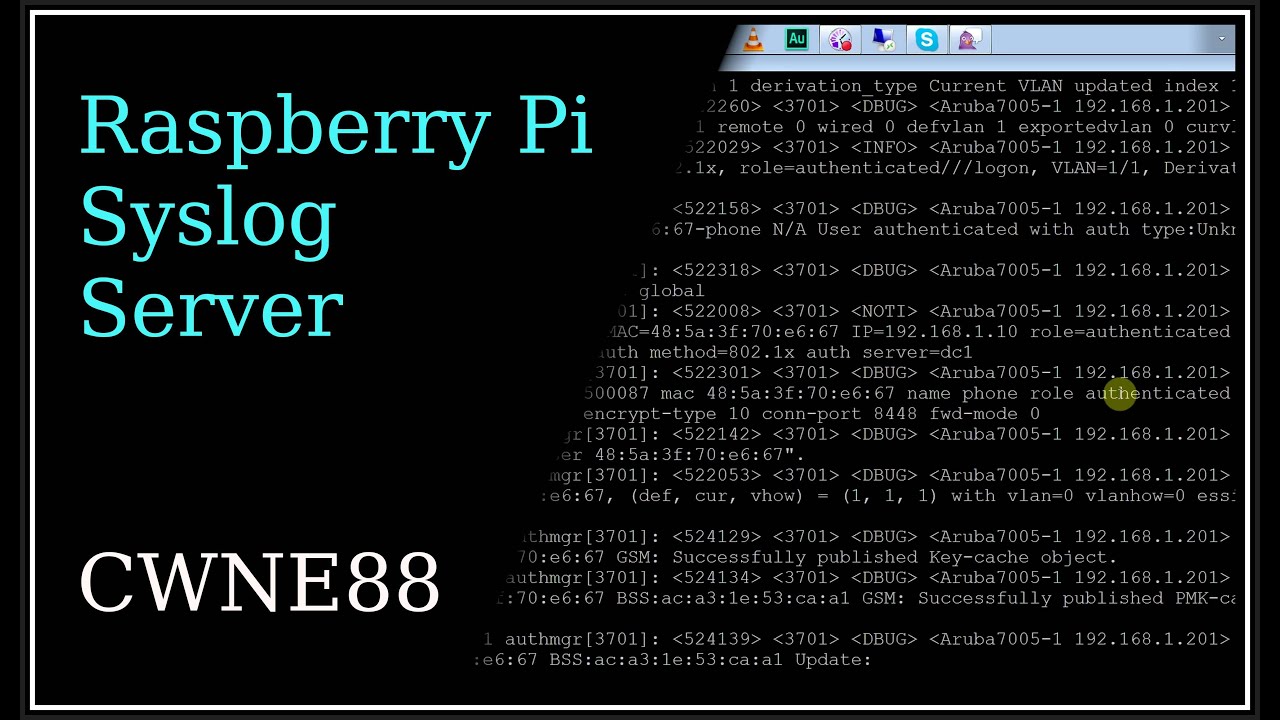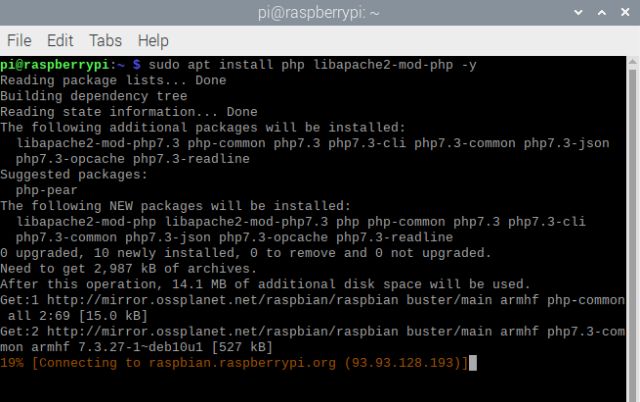

Default raspberryĪfter a few seconds, you are connected to your Raspberry. Once installed on your computer, start FileZilla. FileZilla is available for macOS, 32-bit Windows, 64-bit Windows and Linux. It consists of a server part (only available for Windows), and a client part. You can download FileZilla from the official project site here. If it is connected via Ethernet, the IP address is in the eth0 block.įileZilla is the best known solution. If the RPI is connected to WiFi, the IP address is in the wlan0 block. To do this, open the Terminal and enter the following command: ifconfig You can also access the Raspberry Configuration Utility from the Terminal with the following command: sudo raspi-configīefore going any further, you will need to know the IP address of the Raspberry.

On Raspbian you can activate it from the Raspberry Pi Configuration panel found in Menu > Preferences. Using a secure SSH connection, you will have no FTP server to install and update (which is always a potential security breach). The easiest way to access the Raspberry FTP and use the SSH File Transfer Protocol ( SFTP) secure connection offered by the SSH protocol. If you haven’t downloaded Raspbian yet : download the latest version from here Enable SSH access from Raspbian Installing and configuring sftp server on Raspbian Raspbian is a composed by the fusion of the words “Raspberry Pi” and “Debian”. This is a Debian modification specifically adapted for ARMv6-based systems with an FPU. From another computer on the same network, you should be able to get there by visiting or provided that your Raspberry Pi's hostname is raspberrypi.Raspbian is an open source and free operating system based on Debian GNU / Linux optimized to run on a Raspberry Pi. On the Raspberry Pi itself, you should be able to go to and see a test page. Restart apache2 so all of the changes are running.Ĩ. Install the php-mysql connector so php pages can access the DB.ħ. You must do the formal install by typing:

Install mariadb so you can use a mysql database with your website. Sudo apt-get install php libapache2-mod-php -yĥ.

This will make sure that you get the latest versions of every file you download after this.


 0 kommentar(er)
0 kommentar(er)
